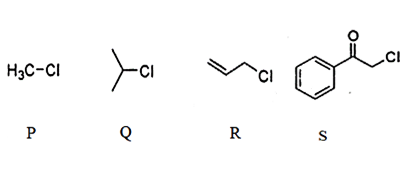KI in acetone, undergoes reaction with each of and S The rates of the reaction very as
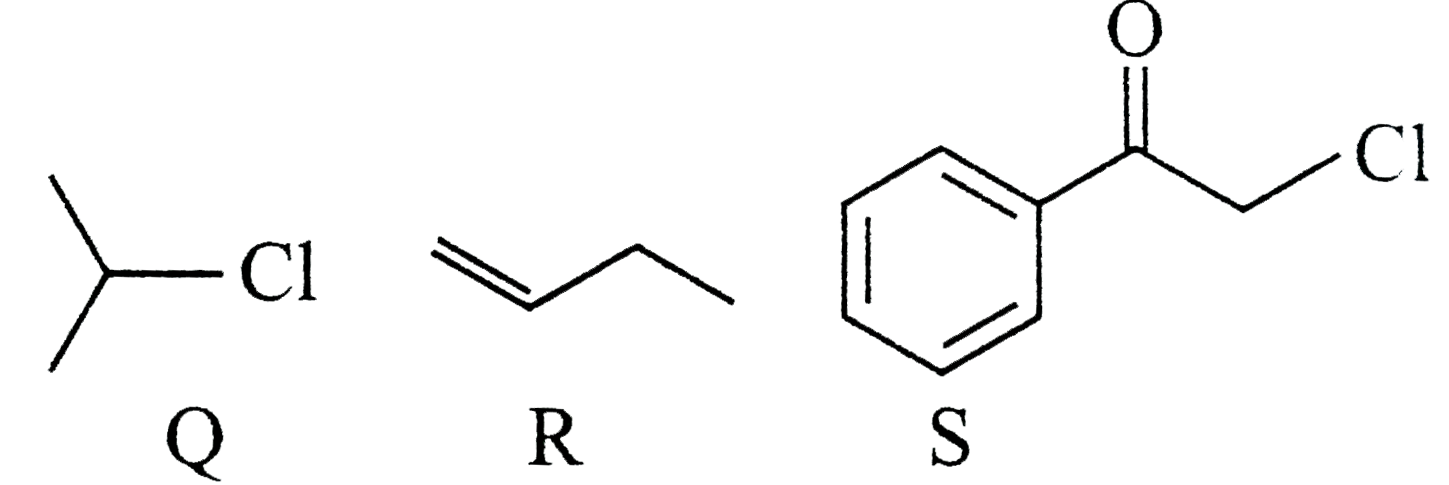 .
.
P gt Q gt R gt S
S gt P gt R gt Q
P gt R gt Q gt S
R gt P gt S gt Q
The correct Answer is:B
Step by step video & image solution for KI in acetone, undergoes S_(N)2 reaction with each of P,Q ,R and S The rates of the reaction very as underset(P)(H_(3)C-Cl) . by Chemistry experts to help you in doubts & scoring excellent marks in Class 12 exams.
Updated on:21/07/2023Topper's Solved these Questions
- BASIC PRINCIPLES OF ORGANIC COMPOUNDS (MECHANISM OF ORGANIC REACTIONS)Book:OP TANDONChapter:BASIC PRINCIPLES OF ORGANIC COMPOUNDS (MECHANISM OF ORGANIC REACTIONS)Exercise:OBJECTIVE QUESTIONS (Level-B)
Explore 25 Videos
- BASIC PRINCIPLES OF ORGANIC COMPOUNDS (MECHANISM OF ORGANIC REACTIONS)Book:OP TANDONChapter:BASIC PRINCIPLES OF ORGANIC COMPOUNDS (MECHANISM OF ORGANIC REACTIONS)Exercise:SET II
Explore 24 Videos
- BASIC PRINCIPLES OF ORGANIC COMPOUNDS (MECHANISM OF ORGANIC REACTIONS)Book:OP TANDONChapter:BASIC PRINCIPLES OF ORGANIC COMPOUNDS (MECHANISM OF ORGANIC REACTIONS)Exercise:BRAIN STORMING PROBLEMS
Explore 14 Videos
- BASIC PRINCIPLESBook:OP TANDONChapter:BASIC PRINCIPLESExercise:SECTION V INTEGER ANSWER TYPE QUESTION
Explore 3 Videos
- CARBOXYLIC ACIDS AND THEIR DERIVATIVESBook:OP TANDONChapter:CARBOXYLIC ACIDS AND THEIR DERIVATIVESExercise:Integer
Explore 4 Videos
Similar Questions
Knowledge Check
KI dissolved in acetone undergoes SN2 reaction with each of P,Q,R and S. the reaction rates vary as:
 .AP>Q>R>SBS>P>R>QCP>R>Q>SDR>P>S>Q
.AP>Q>R>SBS>P>R>QCP>R>Q>SDR>P>S>QWhich will undergo SN2 reaction faster
A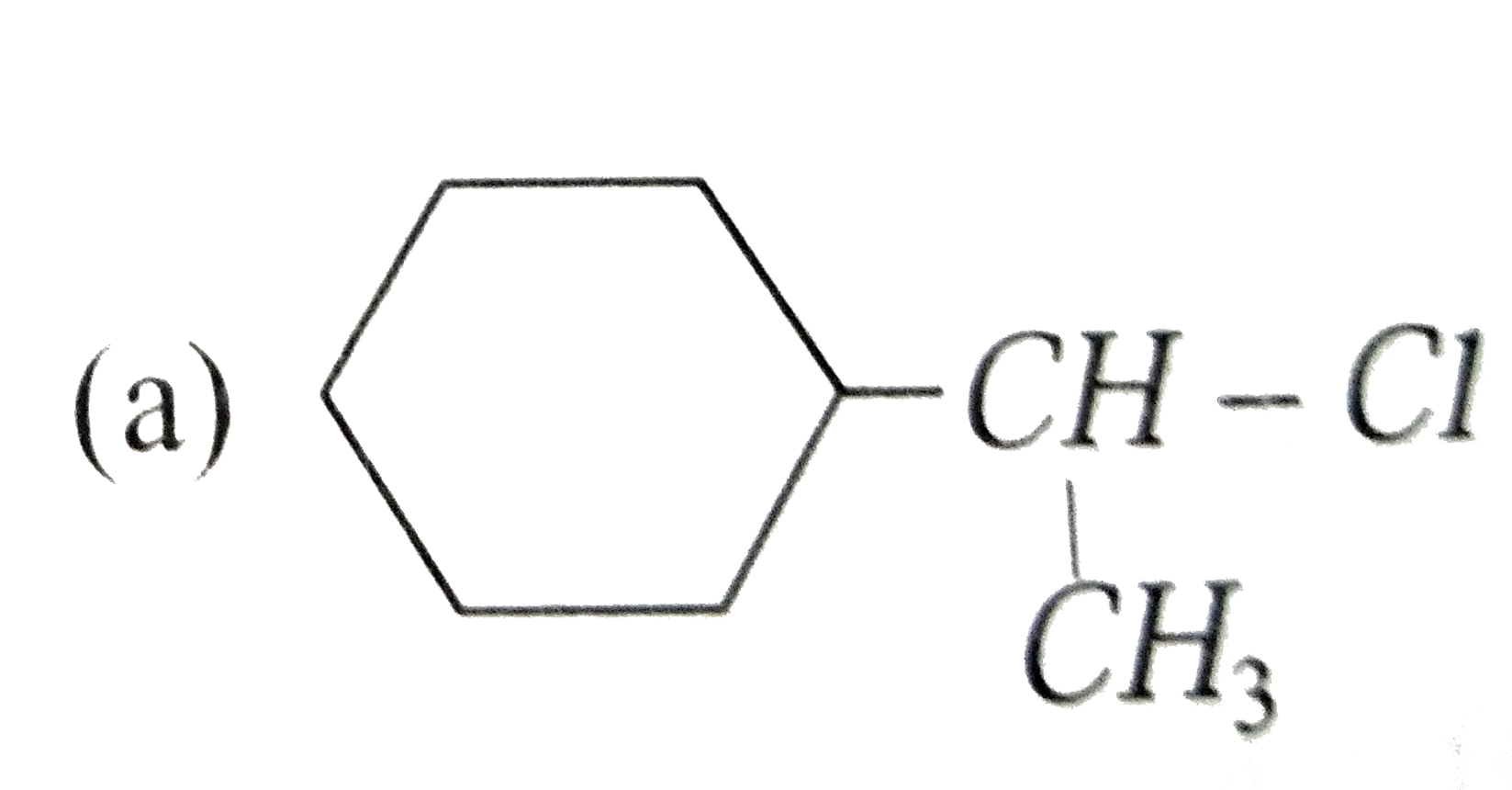 B
B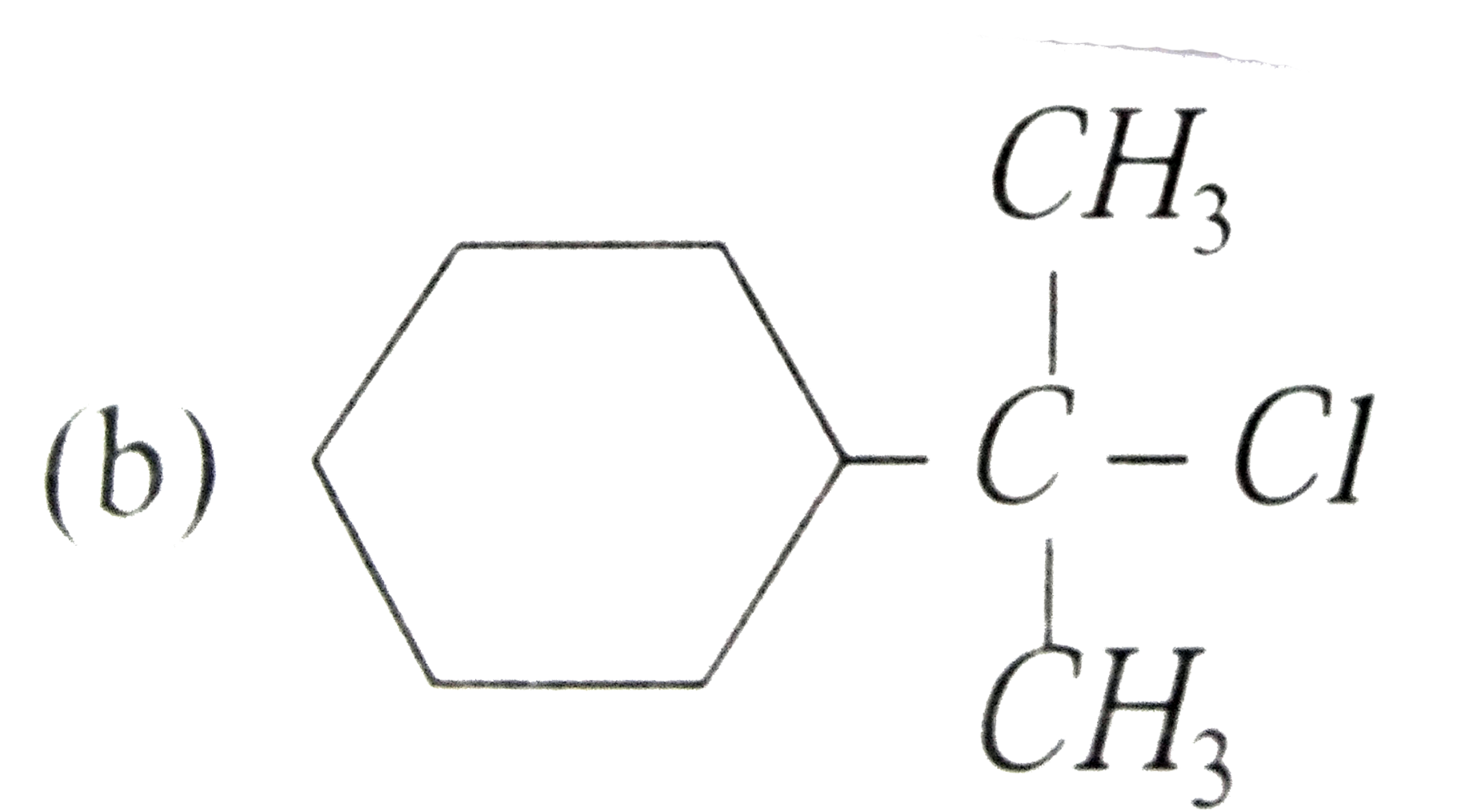 C
C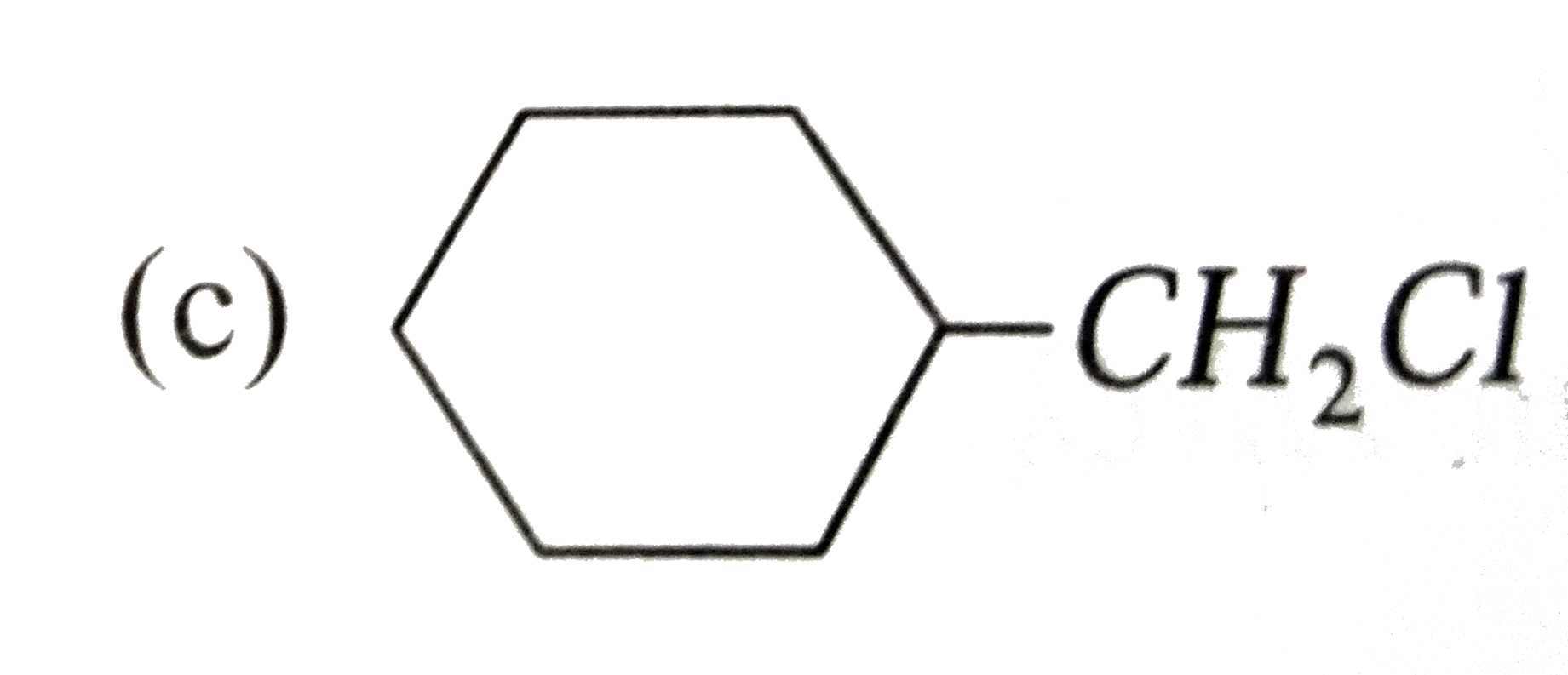 D
D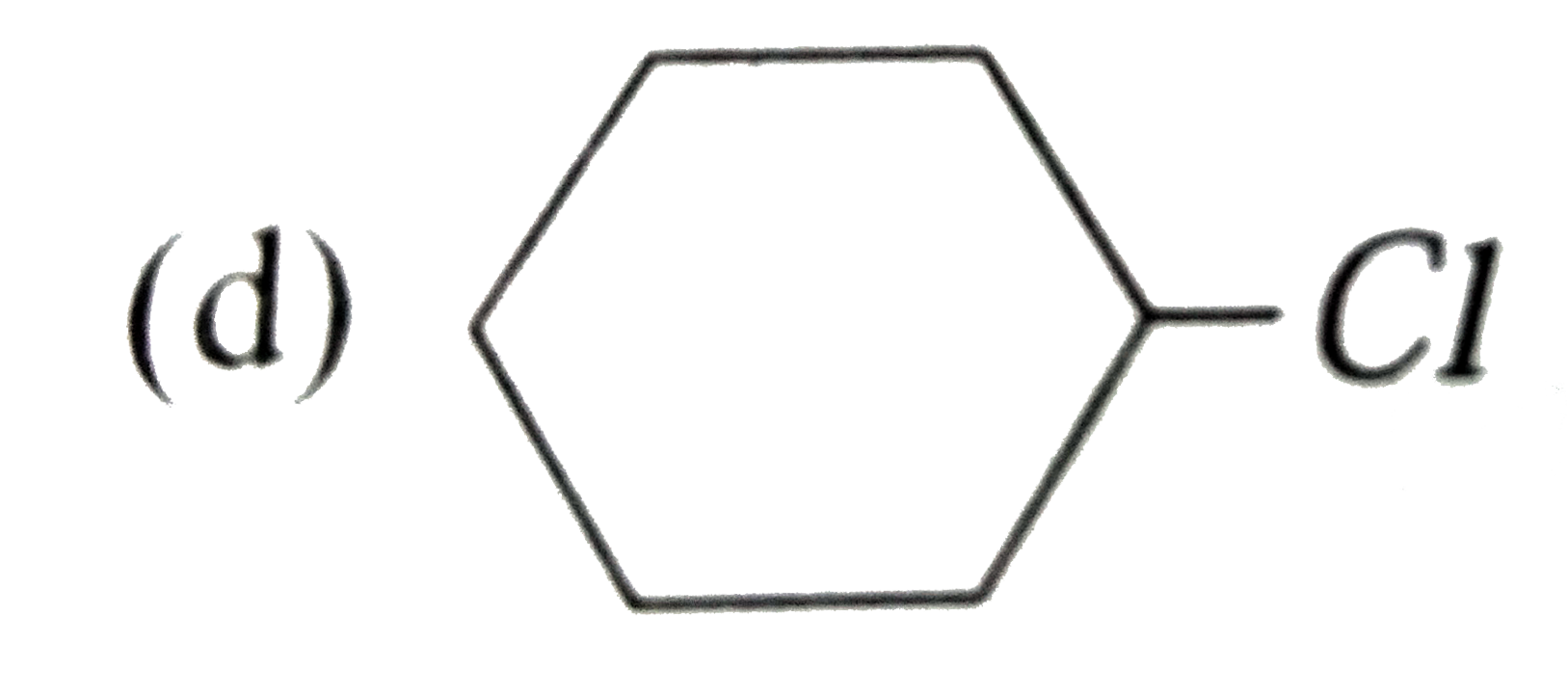
For a reaction . 2P → 3Q , the rate of reaction (r ) can be represented as ______.
Ar=−d[P]dt=d[Q]dtBr=−d[P]dt=13d[Q]dtCr=−12d[P]dt=13d[Q]dtDr=12d[P]dt=−13d[Q]dt
Write the products P, Q, R and S in the given reaction sequence.

View SolutionThe increasing order of the reactivity of the following halides for the S1N reaction is :
CH3CHCH2CH3CICH3CH2CH2Clp−H3CO–C6H–CH2CI
View SolutionThe increasing order of the reactivity of the following halides for the SN1 reaction is:
CH3C∣ClHCH2CH3I CH3CH2CH2ClII p−H3COC6H4CH2ClIII.
View SolutionCompound p and R upon ozonolysis produce Q and S,
respectively . The molecular fromular of Q and S id C8H8O. Q
undergoes Cannizzaro reaction but not halofrom reaction ,
whereas S undergoes halofrom reaction but not Cannizzaro
reaction .
(i)P(i)O3/CH2Cl2−−−−−−−−−→(ii)Zn/H2OQ(C8H8O)
(ii) R(i)O3/CH2Cl2−−−−−−−−−→(ii)Zn/H2OS(C8H8O)
The option (s) with suitable combination of P and R,
respectively , is(are)
View SolutionThe increasing order of the reactivity of the following halides for the SN 1 reaction is
CH3∣Cl(I)CHCH2CH3 CH3CH2CH2Cl(II) p−H3CO−C6H4−CH2Cl(III)
View Solution
